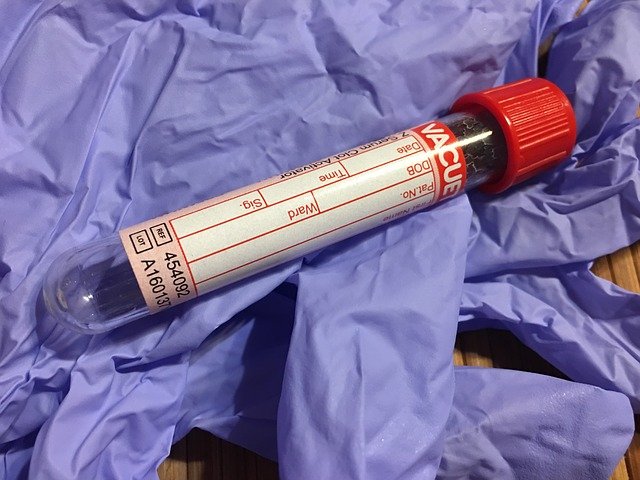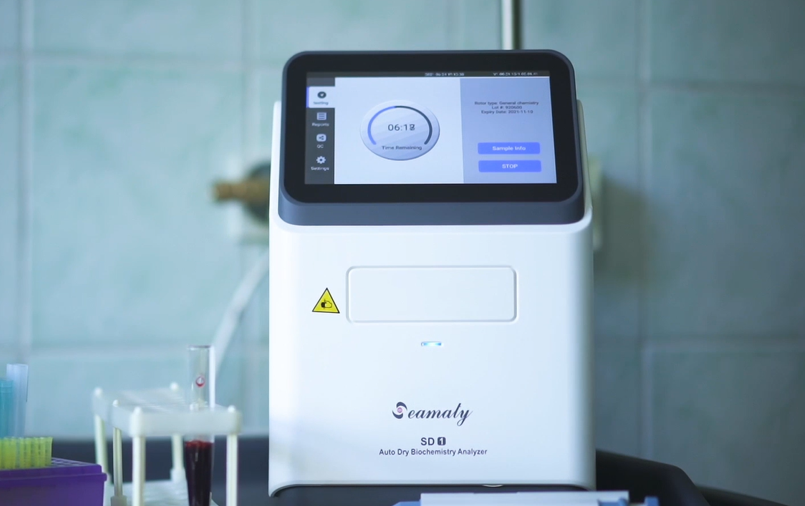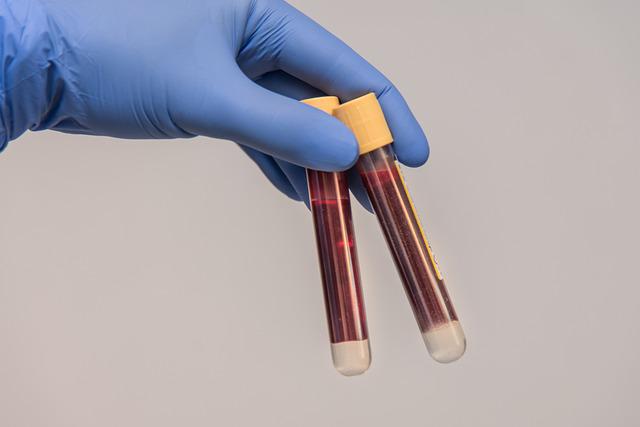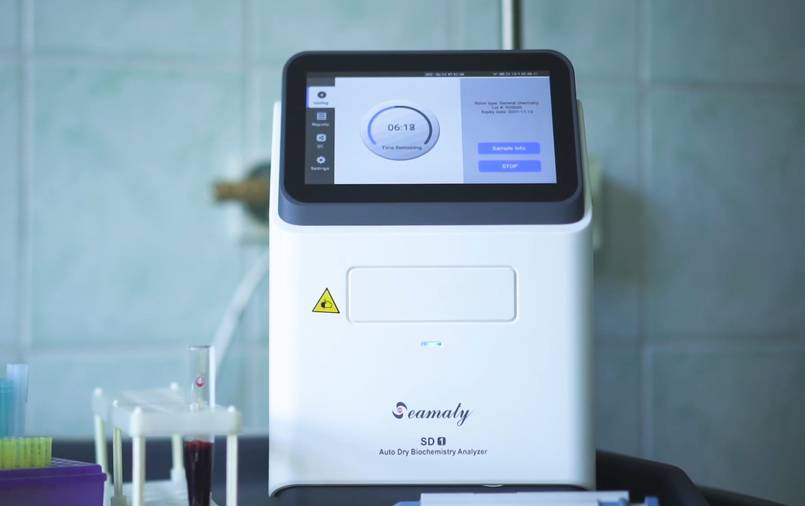release time:2022-07-22 10:23:18
In addition to many pathological conditions that can cause changes in blood cell counts, many physiological states can also cause changes in various parameters. For example, the total number of white blood cells in pregnant women and newborns is significantly increased. Heat and cold often cause a transient increase in total leukocyte count. In heavy smokers, the hemoglobin level can increase significantly due to increased carbon monoxide in the blood. The total number of leukocytes also varies at different times of the day.

The aspiration needle, liquid tubing and counting cell should be thoroughly cleaned regularly with enzyme cleaner or 5% sodium hypochlorite. This is to prevent protein buildup. If there is protein buildup around the counting cell, it can affect the cell volume measurement and cause an increase in MCV. If the hemoglobin colorimetric pool is dirty, it can affect the hemoglobin quantitative results.

2022-04-24
Biochemistry lab instruments have many instruments and equipment, the main equipment Spectrophotometer, ELISA Reader, Electrophoresis, Auto analyzer, Immunoassay auto analyzer, Flame Photo Meter, ABG analyzer,Semi-Autoanalyser, Electrolyte analyzer, ISE Electrolyte analyzer, HPLC,Nephelometer, etc.

2022-04-06
Lipid blood sample It is not uncommon for examiners to encounter lipidaemia in their daily work. And lipaemia interferes with many tests. For the accuracy of the test and the validity of the results, it is important to understand how lipaemia can interfere with the test? What can be done to reduce or even eliminate this interference?

2021-09-01
Point-of-care testing (POCT) refers to clinical testing performed next to the patient (bedside testing.) POCT is usually not necessarily performed by a clinical laboratory technician, but is analyzed immediately at the sample site. This test method eliminates the complex processing of samples during laboratory testing, resulting in rapid test results.